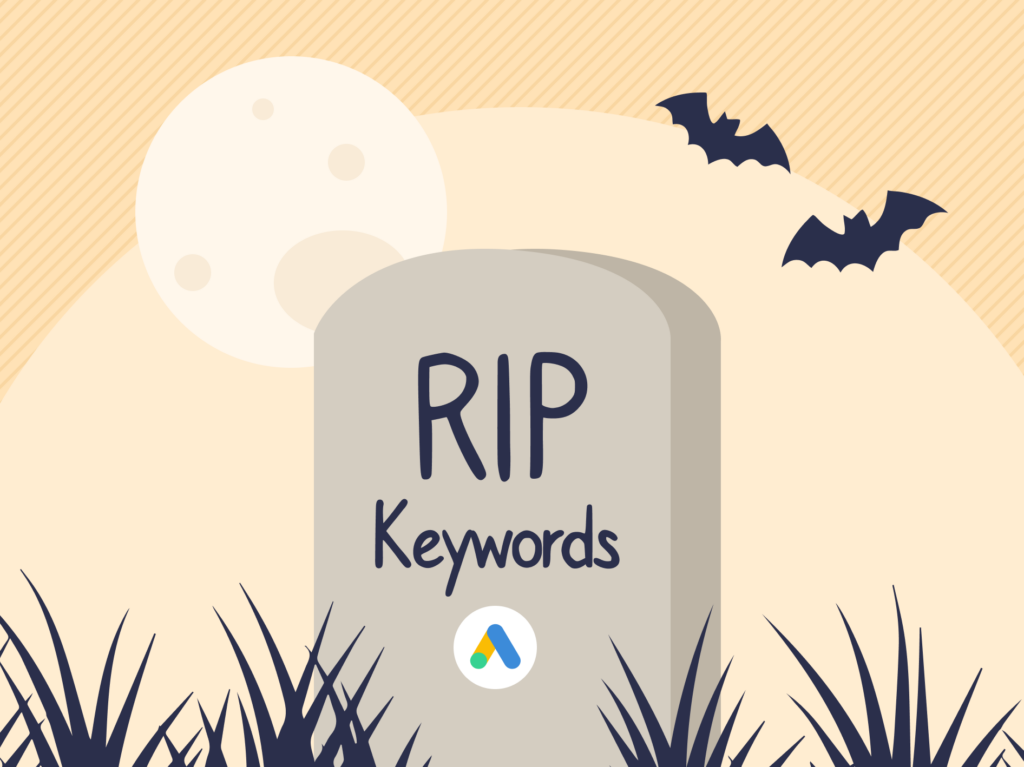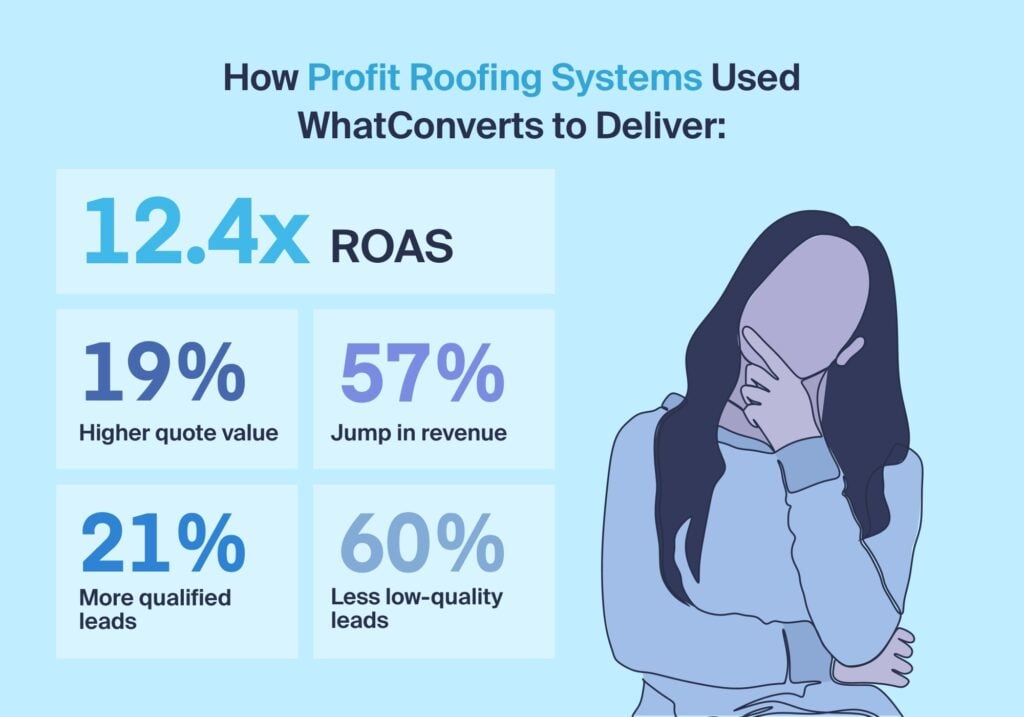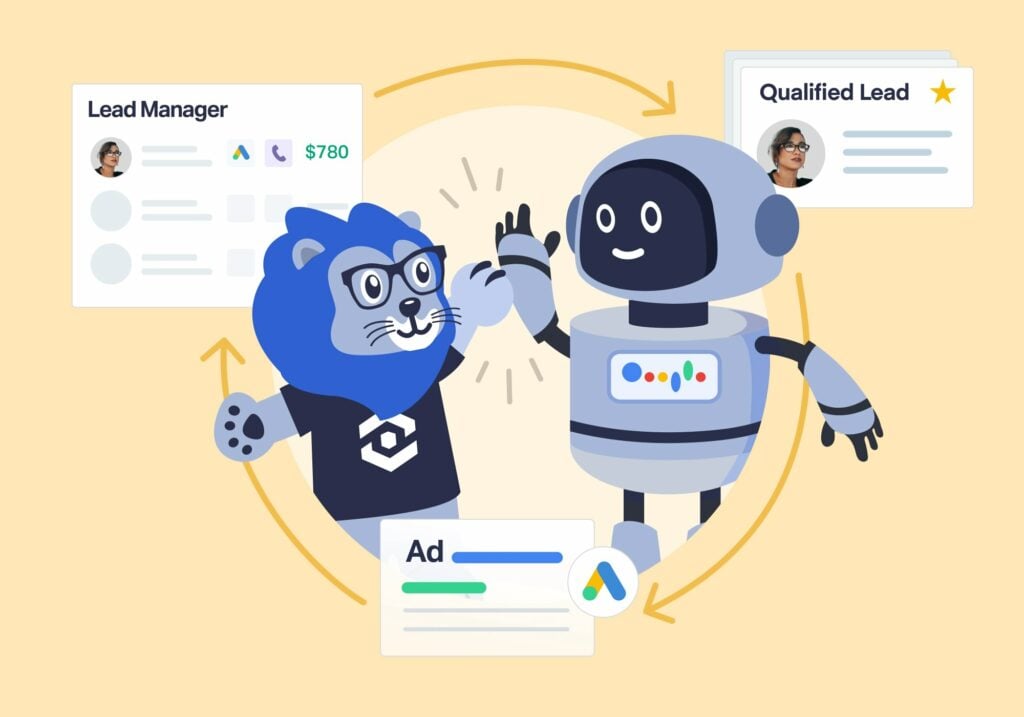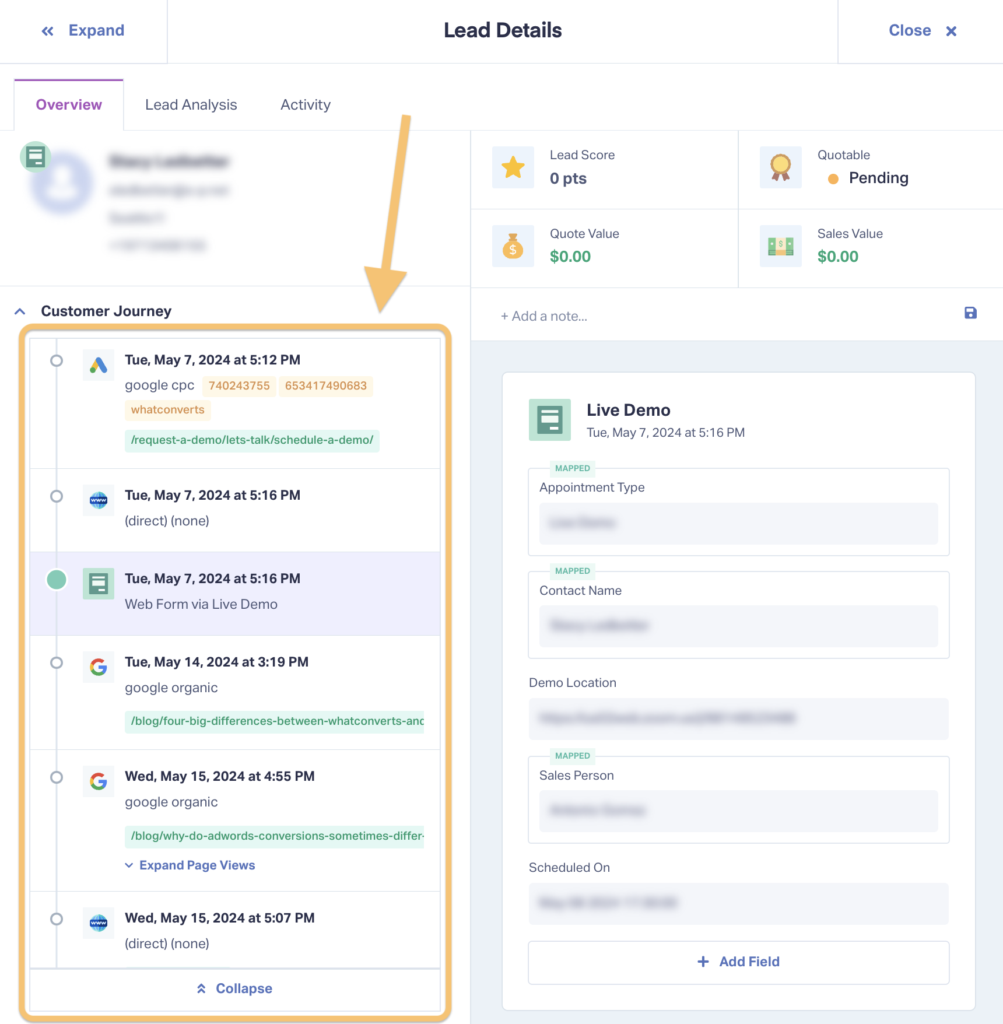
For years, keywords were the lifeblood of marketing campaigns, the difference between success and failure. If you cracked the code of what your audience was searching for, you held the power. But the marketing landscape is shifting fast—what was once the foundation is now crumbling, and those who don’t evolve risk being left behind.
Google is slowly but surely moving away from relying solely on keywords, and marketers are beginning to feel the impact. If you're in marketing today, especially in industries like home services, law firms, and local businesses, it's time to adapt. The new approach prioritizes buyer intent, behavioral data, and artificial intelligence (AI) over the traditional keyword search strategy. Let’s dive into the reasons why and how marketers can evolve with these changes.
The Expanding Data Landscape: From Two Sources to Six (And More)
In the early days of digital marketing, we had two primary data sources: keyword research tools (think Google Keyword Planner) and Google Analytics. These tools provided insights into what people were searching for and how they interacted with your website. Simple, effective, and predictable.
Today, however, we have a much richer and more complex data landscape. In addition to keyword data and analytics, marketers now have access to:
- Landing page performance – How do individual landing pages contribute to conversions?
- Google Ads campaign performance – What ads are driving clicks and conversions, and how can you optimize them?
- Lead data – What are leads asking for? We qualify, categorize, and assign value to lead inquiries, then feed that data back into platforms like Google to optimize performance.
- Behavioral data – What actions are users taking on your site or app, and how can you optimize their journey?
One reason keywords are losing their grip on marketers is that so many more data sources are now at play. It’s no longer just about search terms—it’s about piecing together insights from every interaction to drive performance.
Keywords used to be one of the few data points available, but today, the digital world provides a vast array of behavioral data that paints a much richer picture of each lead. Now, you can see what pages they visit, what actions they take, and how they engage with your brand across different channels. This wealth of information offers more marketing touchpoints to analyze, optimize, and ultimately drive better results than just knowing what they searched for.
You can easily access this vital data right inside WhatConverts:
Google’s Shift Away from Keywords: Local Service Ads & Performance Max Campaigns
One of the clearest signs of the shift away from keywords comes from Google’s introduction of new ad formats like Local Service Ads (LSAs) and Performance Max (PMAX) campaigns. Both are designed to minimize the importance of keywords, relying instead on broader data sets and AI-driven insights.
Local Service Ads focus on specific service categories rather than keywords. If you’re a plumber, lawyer, or electrician, LSAs allow you to target potential customers based on service type rather than individual search terms. Google uses its vast database of user behavior to match your services with the right customers—no need to fuss over which keywords you should be targeting.
Similarly, PMAX campaigns take the concept even further. With PMAX, you simply provide your creative assets—images, videos, and copy—and Google’s machine learning does the rest, optimizing your campaign across its entire network. Again, keywords are not the driving force here. Instead, Google uses AI to find buyers based on their behaviors, interests, and actions.

The Buyer’s Journey: No Longer Linear, No Longer Keyword-Driven
Perhaps the biggest reason for the shift away from keywords is the increasing complexity of the buyer’s journey. In the past, customers might discover your brand through a keyword search, click on an ad, and make a purchase. Now, the process is far more complex and fragmented.
Studies show that 70% of the buying decision process happens before a customer ever speaks to a company, according to 6Sense (a Forrester-recognized technology vendor).
Keywords are just one touchpoint, and with so many other interactions influencing buying decisions, they no longer hold the weight they once did. Marketers need to start thinking beyond keywords and begin optimizing for the full buyer’s journey.
The Role of AI and Machine Learning in Understanding Attribution
As we move into this data-rich, multi-touchpoint world, AI and machine learning are becoming crucial tools for marketers. The amount of data generated across a customer’s journey is too vast to manage manually. That's where AI comes in.
Platforms like WhatConverts help marketers aggregate data from multiple sources and provide actionable insights. For example, WhatConverts allows you to track calls, categorize leads, and understand the full impact of every interaction, not just keyword clicks. By feeding this data back into platforms like Google Ads, you can optimize your campaigns based on actual behavior—not just search terms.
This is a game-changer for attribution. AI and machine learning help marketers see the complete picture of which touchpoints are contributing to conversions, offering a more nuanced understanding of what's driving results.
Adding Value Beyond Keywords: Shifting Your Focus to Performance

Here are three actionable steps to take:
1. Embrace Behavioral Data
Use tools like WhatConverts to track user actions, identify patterns, and optimize for what really drives conversions.
2. Focus on Campaign Performance
Move away from narrow keyword-based optimization. Look at the big picture and see how different assets (ads, landing pages, content) are working together.
3. Leverage AI & Machine Learning
The disappearance of keywords means marketers can no longer rely on simple bidding strategies based on search terms to drive results. Previously, a well-placed bid on a high-intent keyword might have won you prime ad space. But now, it's the AI that controls which leads are targeted—using behavioral, demographic, and geographic data that goes far beyond search terms. That’s where platforms like WhatConverts step in.
By feeding real-time lead quality and lead value data into the AI, WhatConverts ensures that your campaigns are optimized to target the right leads—the ones most likely to convert—filling in gaps that Google alone can’t capture. AI doesn’t just see clicks; it learns which leads are buyers, making your campaigns smarter and more effective over time.
Preparing for the Future of Marketing
Keywords may not be dead, but their dominance is fading. As Google continues to invest in AI-driven campaigns, marketers will need to pivot to performance-focused strategies that go beyond keyword targeting. Those who adapt will thrive, while those who cling to old methods may struggle to keep up.
At WhatConverts, we’re already helping businesses embrace this new era by providing the tools they need to optimize for performance across all touchpoints. By focusing on behavioral data, AI, and multi-touchpoint attribution, you can stay ahead of the curve and continue driving results in a post-keyword world.
Conclusion: Thriving in the Post-Keyword World
As we step into this new era of marketing, it's clear that while keywords once dominated, they are no longer enough. Marketers must embrace the vast sea of behavioral data and the power of AI to stay competitive. The key is feeding platforms like Google the data they can't get on their own—lead quality and lead value. This is where WhatConverts excels, providing actionable insights that help you optimize campaigns beyond the limitations of search terms.
Don't get left behind as marketing evolves. Start focusing on performance-driven strategies, and leverage tools like WhatConverts to capture and optimize the data that truly drives conversions.
Ready to thrive in the AI-driven marketing world? Start your free 14-day trial of WhatConverts today and start optimizing your campaigns with real-time, lead-quality data.
Get a FREE presentation of WhatConverts
One of our marketing experts will give you a full presentation of how WhatConverts can help you grow your business.
Schedule a Demo
Grow your business with WhatConverts






